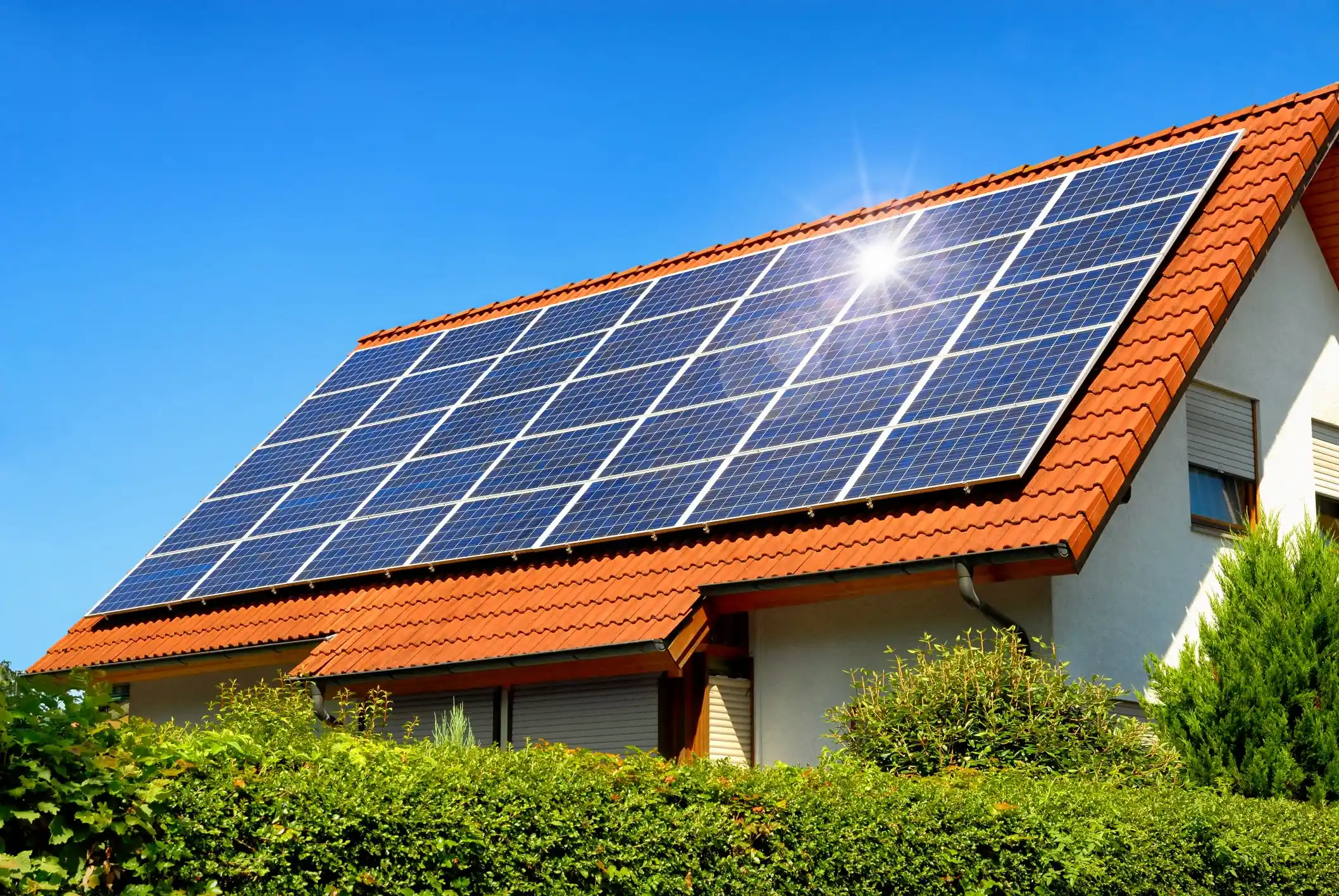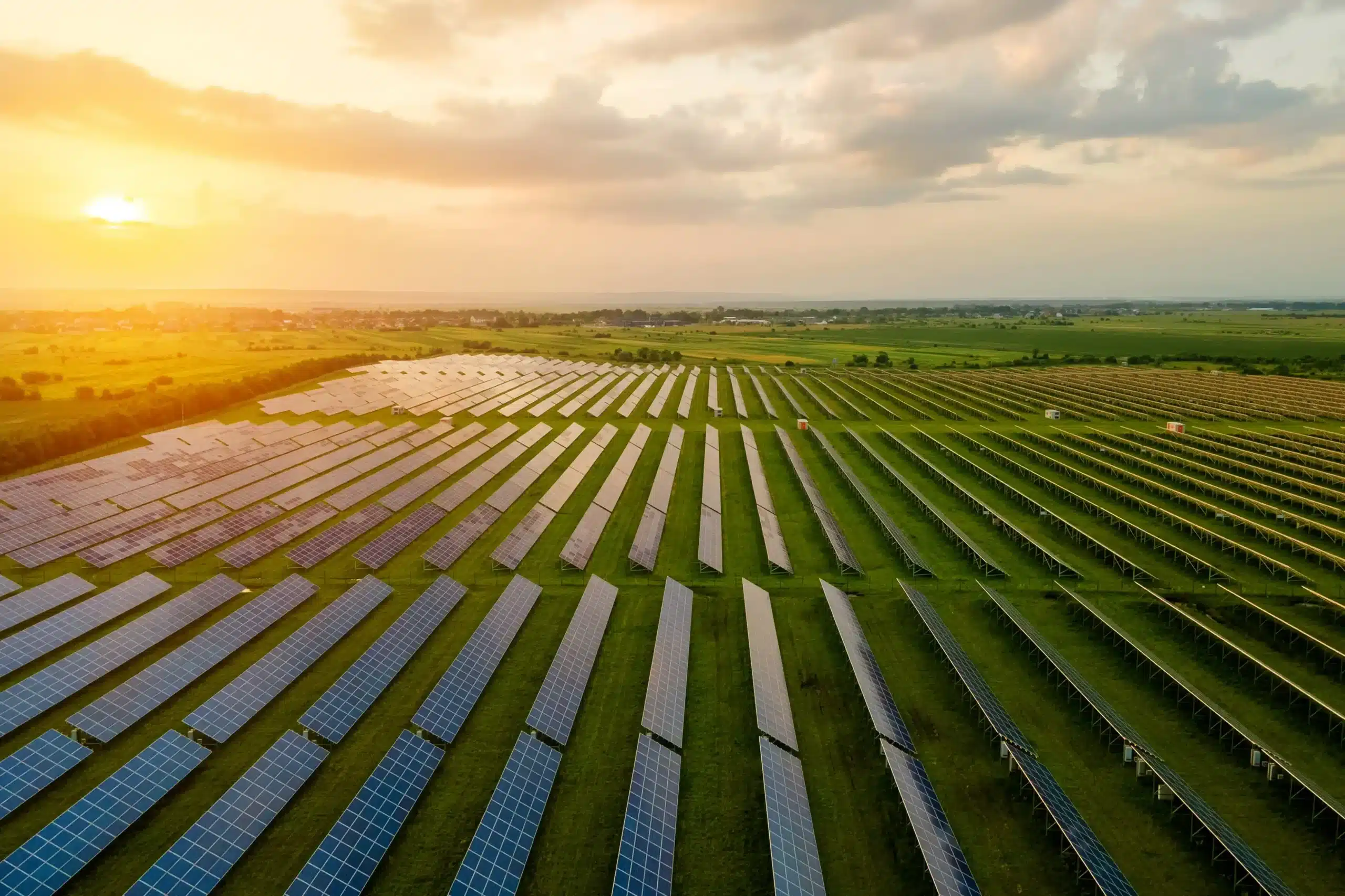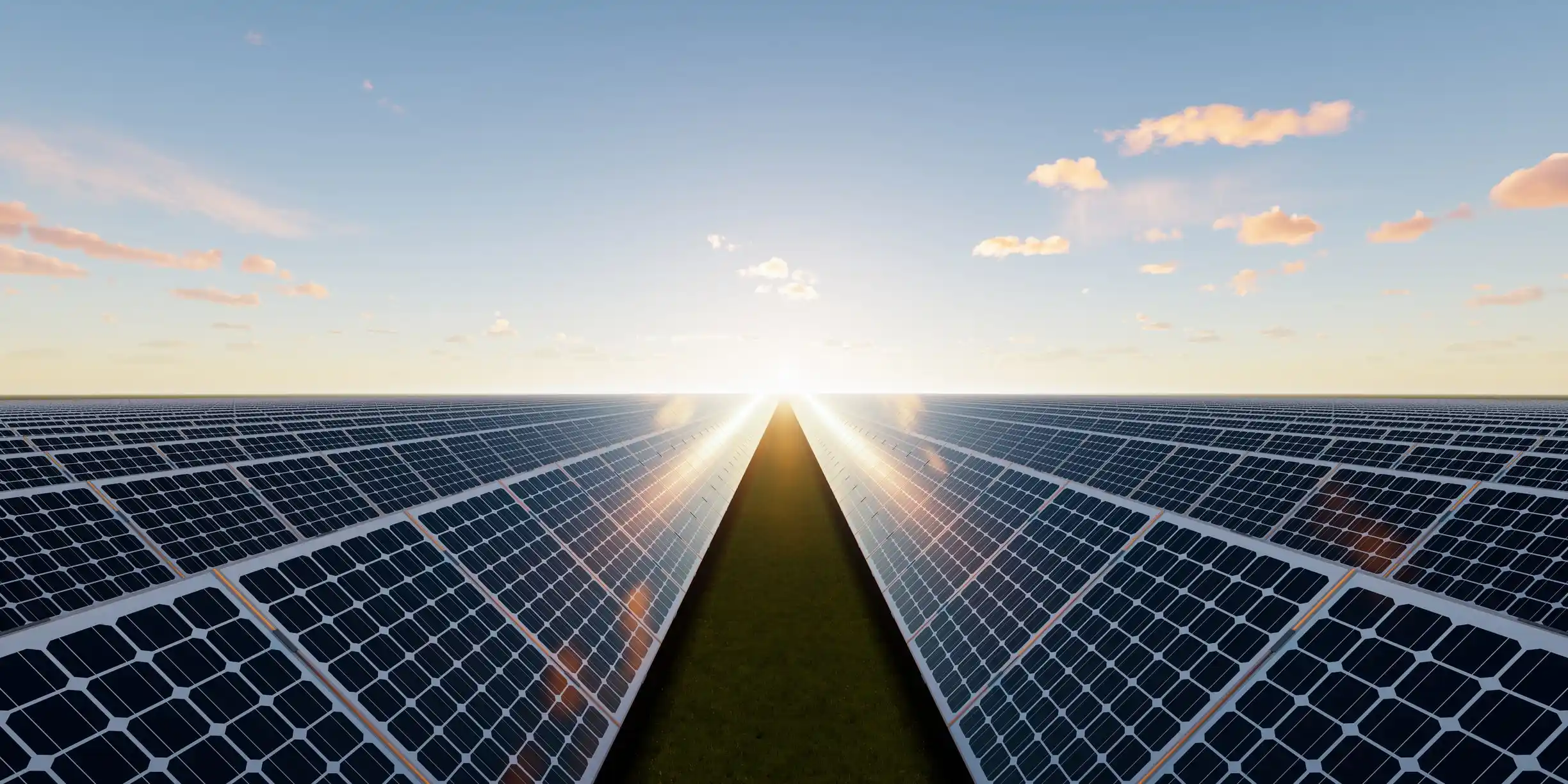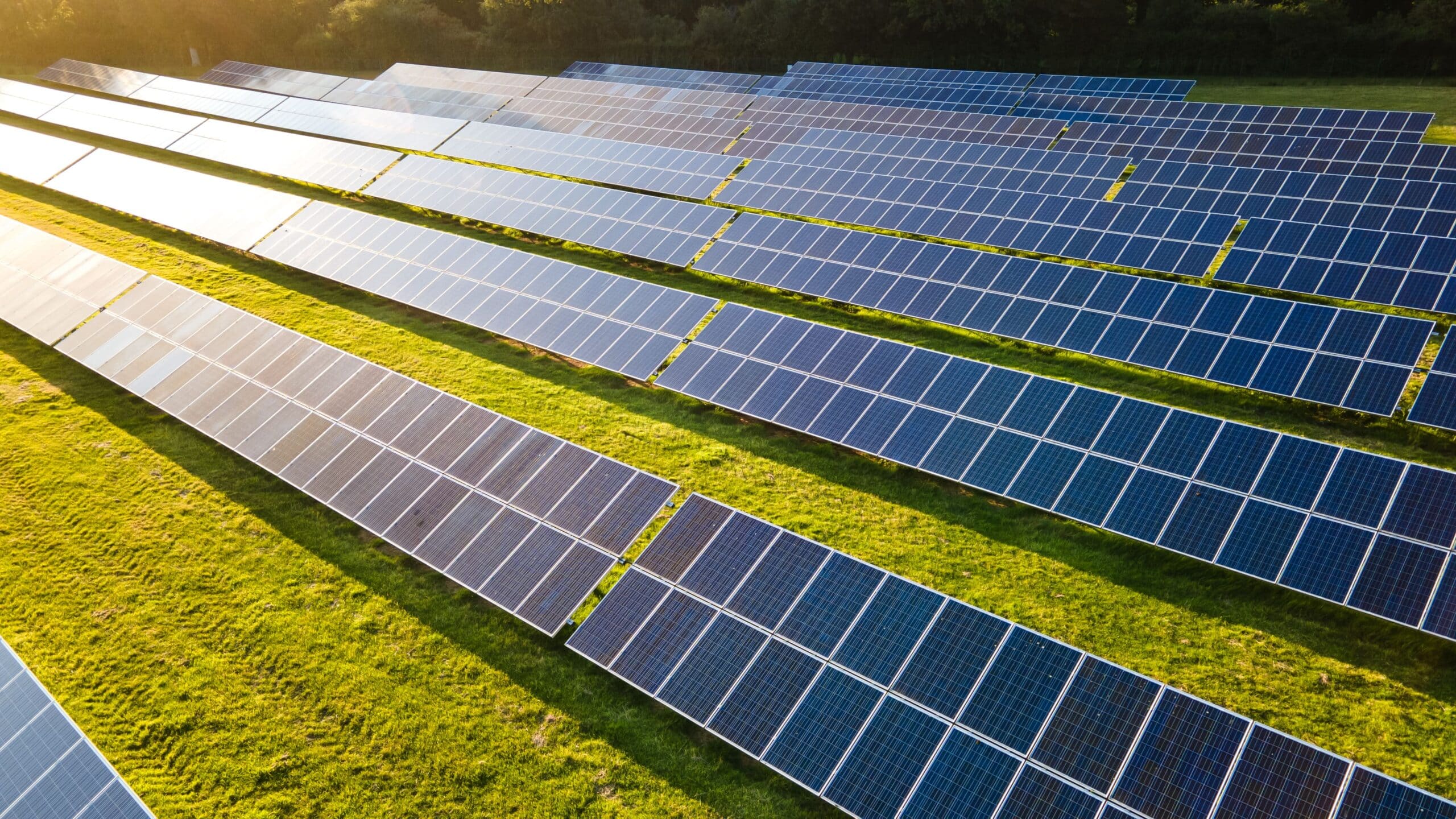POSTED
October 11, 2024
Why Rooftop Solar is Struggling, and Utility-Scale Solar is Not
Rooftop solar installations can be a good way to reduce your environmental impact. However, they come with significant challenges that limit their ability to drive the systemic changes needed to combat climate change. Utility-scale solar farms, by contrast, are rapidly becoming the preferred choice for investors and environmental advocates alike.

Understanding the reasons why rooftop solar is struggling is crucial for investors looking to maximize their environmental impact. With climate change accelerating, choosing the right type of solar investment can amplify your financial returns and the environmental benefits of your investment.
Challenges Facing Rooftop Solar
Rooftop solar is expensive, requiring a significant initial investment. While homeowners can take advantage of federal rooftop solar tax credits, the cost still ranges from $15,000 to $25,000 for a typical residential system. This can be a major barrier for many homeowners. Even if you can afford rooftop solar, not all homes are suited for it. Roof age, shading, and orientation can all present problems.
They also often face complex regulations, zoning restrictions, and permitting processes. The permitting process alone can involve numerous stakeholders, including local utilities, city or county planning departments, and homeowners associations. This can delay the installation timeline, sometimes by several months. Regulatory and zoning issues can also increase the cost of solar power by $0.27 to $0.77 per watt (W). In some cases, zoning restrictions may outright prohibit or limit the installation of rooftop panels. This is especially true in historical districts or areas with aesthetic or environmental protections.
Once installed, solar panels require ongoing maintenance, which includes cleaning, inspections, and occasional repairs. Neglecting maintenance and cleaning often results in a drop in efficiency, forcing homeowners to rely more on the grid. Depending on the quality of the panels, they may have a shorter lifespan and lower efficiency rates compared to utility-scale installations.
There have also been instances of unscrupulous installers. In some cases, contractors may cut corners, leading to safety hazards or systems with shorter lifespans. Some homeowners have also fallen victim to misleading contracts that lock them into unfavorable financing terms or hidden fees, resulting in higher long-term costs. Overall, homeowners need to exercise caution when selecting installers. Be sure to research reputable companies, read reviews, and verify licenses and certifications.
Why Utility-Scale Solar is Thriving

Utility-scale solar farms benefit from economies of scale. This drastically reduces the cost per kilowatt-hour (kWh) of electricity produced. For example, large-scale solar farms can purchase materials and equipment in bulk at lower prices. They also streamline their operations by consolidating administrative functions, leveraging centralized monitoring and maintenance, and optimizing the layout and design to maximize energy production. Overall, while residential installations can cost $3.16 per watt, utility-scale installations can cost as low as $1.30 per watt.
Solar farms also have access to advanced technologies that help capture and convert more sunlight into electricity. Bifacial panels, for instance, can capture sunlight from both sides, increasing their overall energy output. Single-axis tracking systems can also be used to follow the sun’s path throughout the day to maximize the amount of sunlight the solar panel receives. These technologies result in higher efficiency rates compared to rooftop solar, which are often constrained by space, angle, and shading conditions.
There are also several government programs that help reduce the cost of utility-scale solar farms. The Inflation Reduction Act (IRA), for example, extends the Solar Investment Tax Credit and offers a 30% tax credit for projects that start construction by the end of 2032.
Investment Opportunities in Utility-Scale Solar
In 2023 alone, global renewable energy capacity increased by 50%, adding 507 gigawatts (GW) to energy systems worldwide. When factoring in federal tax incentives, the levelized cost of energy (LCOE) for utility-scale solar was as low as $29 per megawatt hour (MWh). Increasing demand and decreasing costs mean utility-scale solar farms are more profitable than ever before.

In fact, the average internal rate of return on a utility-scale solar farm is 5-8%, depending on project specifics and market conditions. This can equal $5-$8 million in revenue on a $100 million dollar project. Shata’s Summit Power Fund, for instance, typically targets a greater than 20% internal rate of return (IRR) over the life of the fund. We also make it easy for you to invest. Simply contact us to create an account, verify your eligibility to invest, sign the subscription agreement, and then wire your investment.
Rooftop solar can be a good way to lessen your individual impact. It does, however, come with some serious challenges. Cost, zoning issues, and shady installers are all issues that impact the overall efficiency and cost-effectiveness of rooftop solar.
Utility-scale solar projects, by contrast, are one of the most effective ways to globally reduce our carbon footprint. They offer a unique opportunity to invest in something that can have a lasting positive impact on the environment and potentially provide financial returns.
At Shasta Power, we help investors make a positive environmental and social impact. Visit our investment information page to learn more about our solar projects and investment opportunities.





